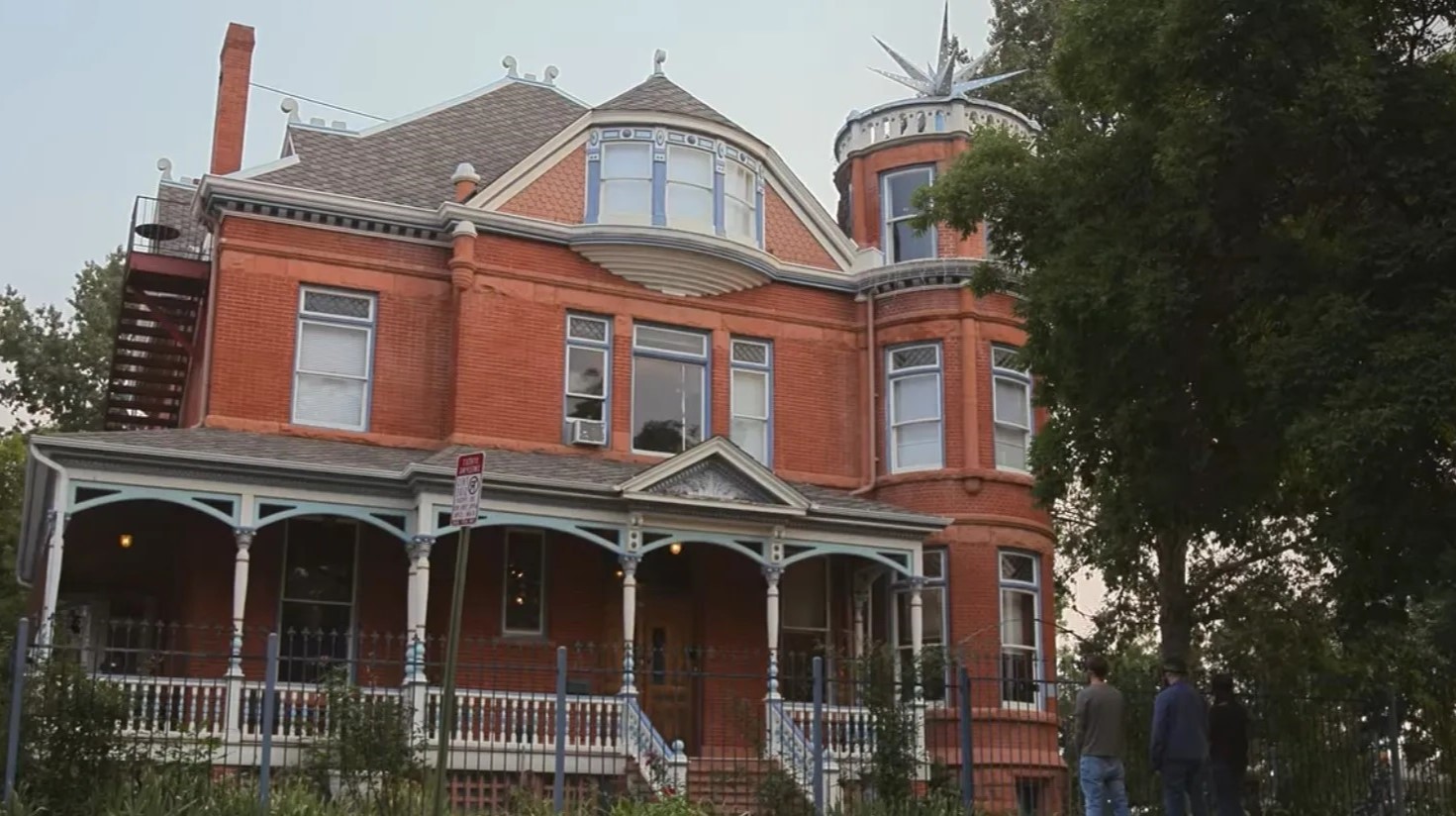
Who was John Clem, and why is he remembered as the "Drummer Boy of Chickamauga"? John Clem, born on August 13, 1851, in Newark, Ohio, became a symbol of youthful bravery during the American Civil War. At just nine years old, he ran away from home to join the Union Army after his mother's tragic death. Despite initial rejections due to his age and size, Clem's persistence paid off when the 22nd Michigan Infantry adopted him as their mascot and unofficial drummer boy. His most famous act of valor occurred at the Battle of Chickamauga, where he shot a Confederate colonel, earning him the nickname "Drummer Boy of Chickamauga" and a promotion to sergeant. Clem's story is one of courage, resilience, and dedication, making him a celebrated figure in American history.
Key Takeaways:
- John Clem's early life was marked by tragedy and determination, leading to his remarkable journey as the youngest non-commissioned officer in U.S. Army history during the Civil War.
- Despite facing rejection and setbacks, John Clem's persistence and bravery earned him national fame, a lasting military career, and numerous honors and memorials.
Early Life and Family
John Lincoln Clem's journey began with a mix of tragedy and determination. His early years set the stage for a life filled with bravery and resilience.
- John Lincoln Clem was born on August 13, 1851, in Newark, Ohio, to Roman and Magdalene Klem.
- Clem's mother died in a train accident in May 1861, a tragedy that deeply affected his family.
- At just nine years old, Clem ran away from home, seeking adventure and a new purpose amidst his family's grief.
First Attempts to Join the Army
Clem's determination to join the Union Army was met with several challenges, but his persistence eventually paid off.
- Clem first tried to join the 3rd Ohio Infantry but was rejected due to his small stature and young age.
- He then attempted to enlist with the 22nd Michigan Infantry, facing initial rejection once again.
- Despite these setbacks, Clem's persistence won over the officers of the 22nd Michigan Infantry, who adopted him as a mascot and unofficial drummer boy.
Battle of Chickamauga
Clem's bravery during the Battle of Chickamauga earned him national fame and a lasting legacy.
- Clem's true moment of fame came during the Battle of Chickamauga in September 1863.
- At just 12 years old, he became separated from his unit while defending Horseshoe Ridge.
- A Confederate colonel spotted Clem and either shouted, "I think the best thing a mite of a chap like you can do is drop that gun" or called him a "damned little Yankee devil."
- Instead of surrendering, Clem shot the colonel and successfully made his way back to Union lines.
- For his bravery at Chickamauga, Clem was promoted to sergeant, making him the youngest non-commissioned officer in U.S. Army history.
Military Career
Clem's military career spanned over four decades, marked by numerous battles and significant advancements.
- Clem officially mustered into the volunteer army as a private with Company C of the 22nd Michigan Infantry Regiment on May 1, 1863.
- He fought in several battles, including Perryville, Murfreesboro, Kennesaw, and Atlanta.
- Clem was wounded twice during his military service, demonstrating his resilience and dedication.
- He was discharged from the Army in 1864 at the age of 13 but sought to rejoin the military in 1870.
- President Ulysses S. Grant nominated Clem to West Point, but he failed the entrance exam several times.
- Grant appointed Clem a second lieutenant in the U.S. Army, allowing him to continue his military career.
Career Advancement
Clem's second military career saw significant advancements, reflecting his dedication and leadership.
- Clem graduated from artillery school at Fort Monroe in 1875.
- By 1903, he had risen to the rank of colonel and assistant quartermaster general.
- Clem served as chief quartermaster at Fort Sam Houston in Texas from 1906 to 1911.
- He reached the mandatory retirement age of 64 on August 13, 1915, and was promoted to brigadier general.
- Clem was the last veteran of the American Civil War still on active duty in the U.S. Army at the time of his retirement.
- On August 29, 1916, Clem was promoted to major general on the retired list through a special act of Congress.
Personal Life and Legacy
Clem's personal life and legacy extend beyond his military achievements, leaving a lasting impact on American history.
- Clem married Anita Rosetta French in 1875, and after her death in 1899, he married Mary Elizabeth "Bessie" Sullivan in 1903.
- He had one daughter with Bessie, Anna Elizabeth Clem, born in 1906.
- Clem was a companion of the Military Order of the Loyal Legion of the United States and the Military Order of Foreign Wars.
- After retirement, Clem lived in Washington, D.C., before returning to San Antonio, Texas, where he died on May 13, 1937.
- He is buried in Arlington National Cemetery.
Memorials and Honors
Clem's bravery and contributions are commemorated through various memorials and honors.
- A 6-foot bronze statue of young John Clem stands near the Buckingham Meeting House in Newark, Ohio.
- A public school in Newark, Ohio, is named after him: Johnny Clem Elementary School.
- The city of Heath, Ohio, is co-extensive with Johnny Clem Township.
- The USAT John L. Clem, a World War II U.S. Army troopship, was named in his honor.
- Clem was awarded the Civil War Campaign Medal, Indian Campaign Medal, and Spanish War Service Medal for his military service.
- Clem's uniform and cap, which had three bullet holes, became symbols of his bravery.
- Clem's life has been portrayed in various films and media, further cementing his place in popular culture and historical memory.
John Clem's Lasting Impact
John Clem's life is a testament to bravery and determination. From running away to join the Union Army at nine to becoming the youngest non-commissioned officer in U.S. history, his story is nothing short of extraordinary. Clem's actions at the Battle of Chickamauga, where he shot a Confederate colonel, earned him national fame and the nickname "Drummer Boy of Chickamauga." His military career spanned over four decades, culminating in his promotion to major general. Clem's legacy lives on through statues, schools, and even a World War II troopship named in his honor. His story continues to inspire, reminding us of the incredible feats one can achieve with courage and perseverance. Whether through his battlefield bravery or his long service, John Clem remains a significant figure in American history.
Frequently Asked Questions
Was this page helpful?
Our commitment to delivering trustworthy and engaging content is at the heart of what we do. Each fact on our site is contributed by real users like you, bringing a wealth of diverse insights and information. To ensure the highest standards of accuracy and reliability, our dedicated editors meticulously review each submission. This process guarantees that the facts we share are not only fascinating but also credible. Trust in our commitment to quality and authenticity as you explore and learn with us.


